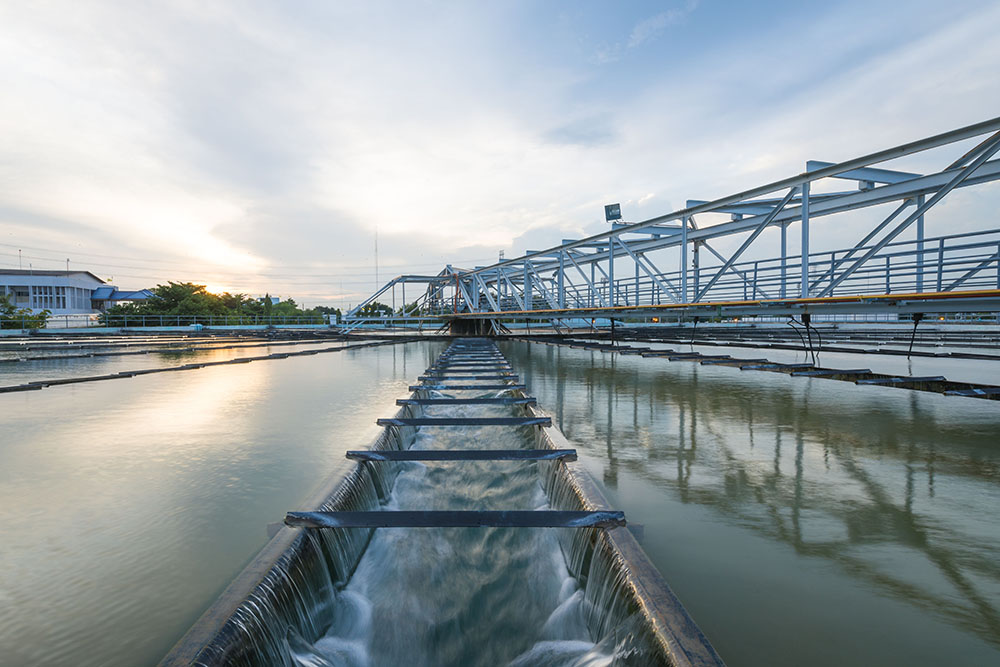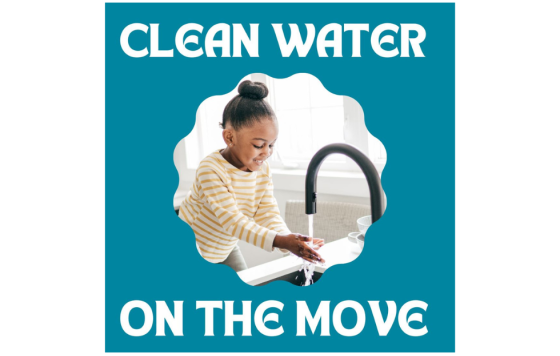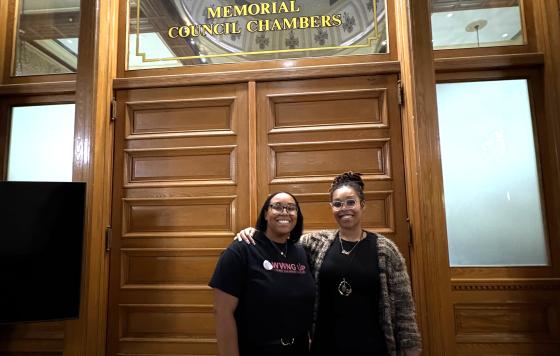
How we think about water infrastructure is about to change! Last year President Biden signed the Bipartisan Infrastructure Investment and Jobs Act (IIJA) into law. The act will be transformative to water, and will fund hundreds of projects, causing immediate improvements to the quality of our drinking water and waterways. The IIJA will improve water quality, protect public health, support healthy communities, strengthen the economy, and prepare us for the worst impacts of climate change. Here are six things you need to know about it.
1. The IIJA will Fund Water Projects through the State Revolving Fund Programs
Water Infrastructure financing at the federal level largely takes place through the State Revolving Fund programs (SRFs). The purpose of the SRFs is to provide water quality projects with low-interest loans. The United States Environmental Protection Agency (EPA) provides the funds (through capitalization grants) and general eligibility guidance. States administer the programs and provide the loans to projects. The SRFs are federal programs, but the States have a great deal of leeway in how they are administered within each State.
2. This Water Funding is Historic!
Through the IIJA, the amount of money coming through SRF projects is unprecedented. The IIJA is slated to allocate $50 billion to the SRFs over the next 5 years, a chance to make some headway in improving the health of our communities and environment. The IIJA, however, doesn't just provide money, it also provides a new way of doing things for the SRFs. The IIJA will require 49% of the capitalization grants be set-aside for disadvantaged communities. The DWSRF will receive an additional $15 billion to address much needed lead service line replacements. Another $5 billion will be allocated across the Drinking Water SRF (DWSRF) and Clean Water SRF (CWSRF) to address the looming threat of emerging contaminants.
This is, by far, the largest investment ever dedicated to improving water quality. It represents an opportunity for us to create a more equitable and more thorough process for water quality improvement. Done right, it will improve health, our economy, and our trust in the water around us.
How we think about water infrastructure is about to change! Last year President Biden signed the Bipartisan Infrastructure Investment and Jobs Act (IIJA) into law. The act will be transformative to water, and will fund hundreds of projects, causing immediate improvements to the quality of our drinking water and waterways. The IIJA will improve water quality, protect public health, support healthy communities, strengthen the economy, and prepare us for the worst impacts of climate change. Here are six things you need to know about it.
3. State Decisions and Implementation Will Determine Success
The nature of the SRFs is that States have a great deal of leeway in how they manage and allocate their funds. This is baked into the law and unlikely to change. Each state must create their own policies and procedures for implementing their capitalization grants from EPA. This also means writing their own definitions for what constitutes a disadvantaged community. This becomes a key (and sometimes unfortunate) reality for equitable disbursements of the IIJA funding (which requires 49% of the funding go to disadvantaged communities) as some States have not shown a great interest in equitable water investment.
The SRF programs are not perfect. It will be key to the future of clean water to use the IIJA as an opportunity to address some of the issues that have long plagued the SRFs.
There is a great need for more technical assistance across the board. Many communities do not have the finances or capacity to get through the application process and need help from advocates and government programs to make it across the finish line.
Additionally, States need to be held accountable for non-equitable policies and procedures when writing definitions for disadvantaged communities.
4. The Allotments for the CWSRF are Outdated
The Clean Water State Revolving Fund allotments are based on neither survey nor census data. The formula that created the initial Clean Water SRF allocations are unknown other than that they were written upon the initial enabling legislation in 1996. There is no data driven reason for these allocations. There is a great need to update this formula, which must be done through congressional legislation.
5. IIJA is a Overdue Downpayment on Putting Lead Service Lines Behind Us
Through the IIJA, the Drinking Water State Revolving Fund will receive an additional $15 billion dollars dedicated to lead service line replacement. Where present, these pipes that bring water from the large main in the street to the home or building are the largest source or lead in drinking water. This investment is a significant downpayment on getting these lines out of the ground, which Clean Water has estimated will cost at least $45 billion. Notably, EPA‘s implementation guidance states that Drinking Water SRF funds can only be used to replace the full service line, regardless of whether it is under public or private property. This is important because we now know that partially replacing these service lines can lead to elevated lead levels.
6. The Clean Water SRF - Unrealized Potential
Clean Water Act legislation is tied to water quality improvement, all projects must reflect that. Because water systems are interlinked, however, it is a lot easier to make the case that a water project would improve water quality than it is to make the case for drinking water improvement. From this more expanded interpretation, the number of potential clean water projects are numerous.
Pollution has not been historically addressed prior to entering water systems. Preventative stormwater work to keep emergent contaminants has been largely ignored by the SRFs. Climate resilience, flood mitigation, sourcewater protection, and stormwater resilience projects are desperately needed and could be addressed through the CWSRF.
It is Water’s Moment!
Radhika Fox, the Assistant Administrator for the Office of Water at EPA has long stated that this is water’s moment, and it is! The IIJA will help result in cleaner water, healthier communities, and more vibrant rivers and streams. Implementation will be difficult, but with strong community engagement and good faith efforts by the States to adhere to the spirit of the IIJA, we can begin the massive undertaking of upgrading and safeguarding our water infrastructure.


